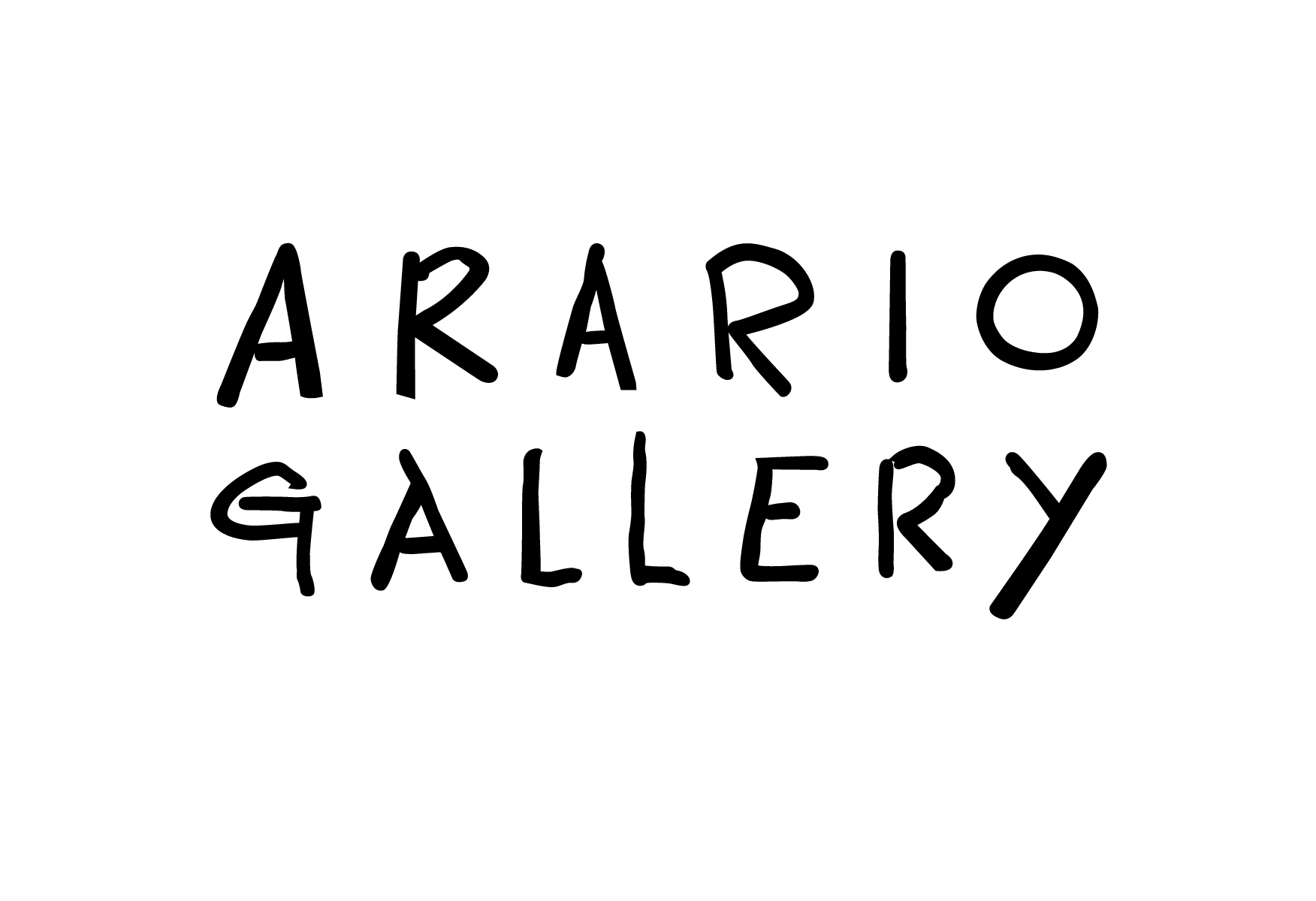Unbo Kim Ki Chang: Arario Collection
Current exhibition
Overview
ARARIO GALLERY CHEONAN is hosting an exhibition showcasing the comprehensive artistic world of Unbo Kim Ki Chang (1914–2001), a master of modern Korean art. Kim Ki Chang’s status as a master is affirmed by his numerous experimental endeavors aimed at modernizing Korean painting throughout his career, spanning from the modern to the contemporary era, and by his successful introduction of diverse series of works resulting from these efforts. This exhibition aims to revisit Unbo’s aesthetic values and his significance in art history by presenting a wide range of works from his early period in the 1930s to his later works in the 1990s.
At the age of eight, Unbo lost his hearing due to a high fever caused by typhoid, becoming deaf. However, he transformed the pain of silence into an extremely sensitive visual aesthetic, establishing himself as a master in Korean art. A gifted painter from an early age, Unbo began formal art training in 1930 at the age of 17 under Idang Kim Eun Ho (1892–1979), learning traditional landscape and portrait painting techniques. Starting with his acceptance into the Joseon Art Exhibition in 1931, he continued to be selected year after year, eventually receiving the highest honor, the Changdeokgung Prize. During this period, Unbo focused on realistic figurative art. After Korea’s liberation, he concentrated on experimenting with new artistic styles alongside his wife, the female painter Woohyang Park Re Hyun (1920–1976), whom he married in 1946. They created works with Cubist tendencies, characterized by compositions that divided and reassembled spaces, and semi-abstract works reflecting customs of daily life. In the early 1950s, his The Life of Jesus series (1952–1953), comprising 30 pieces from the birth to the resurrection of Jesus, garnered attention for reinterpreting biblical themes through a Korean lens, transforming the settings, attire, and characters to the Joseon Dynasty.
In the late 1950s, he explored abstraction through Munjado (Pictorial Ideograph), expressing Chinese characters with free, dynamic brushstrokes, thus attempting abstraction in Korean painting. This period also marked the rise of his Hwajo Yeongmodo (Paintings of Birds, Flowers, and Animals), celebrated for their vigorous brushwork, bold compositions, and delicate details, notably seen in his famous works of horses, cockfight, owls and more. From the 1960s, Unbo fully embraced abstraction, and his artistic experiments during this era played a vital role in proposing new possibilities for Korean painting’s modernization. After the sudden passing of his wife in 1976, he began his Babo Sansu (Foolish Landscape Style) series, influenced by the humorous and naive aesthetic of Minhwa (Korean Folk Painting), vividly capturing the simplicity of ordinary life. In the 1980s, he created the Cheongrok Sansu (Blue and Green Landscape Style) series, featuring mountainous landscapes dominated by deep blue-green hues. In the early 1990s, he produced the Dots and Lines series, created by dipping a mop into ink and applying it to large canvases. Unbo not only overcame his hearing impairment but also sublimated it into an aesthetic strength, continually evolving and earning lasting respect and admiration.
This exhibition encompasses works from Unbo’s early 1930s period to his later works in the 1990s. It begins with key pieces of Hwajo Yeongmodo, and Genre Painting in the first gallery, followed by major series such as religious paintings, portraits, abstracts, Munjado. Babo Sansu and Cheongrok Sansu. Notable works include Horses (c. 1950-1960s) and Night Birds (Owls)(1972), exemplifying his dynamic brushstrokes, vibrant energy, and tension-filled compositions—masterpieces that transformed the emotions he couldn’t express verbally into powerful artistic expressions. In his Hwajo (Flowers and Birds)paintings, works like Loquat (1970) and Mugunghwa, or Rose of Sharon: A Land of Splendid Rivers and Mountains (1971) stand out for their bold compositions and delicate beauty. His Street Stalls (1953–1955), created during his early experiments with Cubism after Korea’s liberation, reflects his exploration of new possibilities in modern Korean painting.
The exhibition also features select works by Woohyang Park Re Hyun, who significantly influenced Unbo’s artistic journey and shared his vision for modernizing Korean painting. Notably, Wisteria and Sparrows (1950s), a rare large folding screen collaboration between the couple, features wisteria painted by Woohyang and sparrows with calligraphy added by Unbo. This piece showcases Woohyang’s dynamic brushwork and bold composition of wisteria alongside Unbo’s meticulous detail. Additionally, works like Anxiety (1962) and Work (1960s) reflect the influence of Art Informel, popular in the international art scene at the time, characterized by the absence of subject matter and abstract color fields in yellow and reddish-brown with striking spreading effects.
Unbo Kim Ki Chang’s 70-year artistic career was marked by continuous challenges and experiments. He never settled into complacency despite early recognition and stable success, consistently pushing the boundaries of artistic exploration. Beyond personal aesthetic pursuits, he remained deeply engaged with the issues of modernizing and globalizing Korean painting, undertaking new experiments until his final moments. This exhibition highlights these aspects, offering an opportunity to reflect on the aesthetic values of Unbo as an artist dedicated to challenge and experimentation, alongside the works of Woohyang, who greatly influenced his artistic path.
Installation Views
Works
Press
-
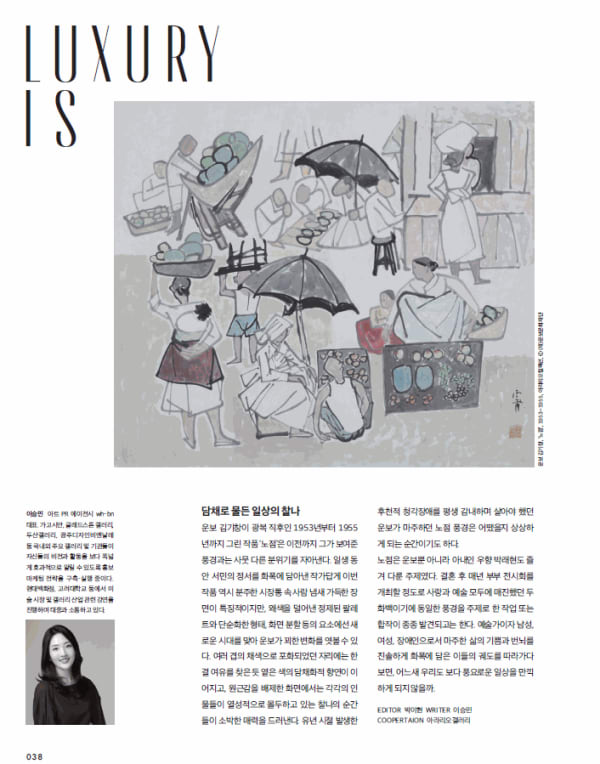
Unbo Kim Ki Chang
Lee Seungmin, LUXURY, 1 April 2025 -
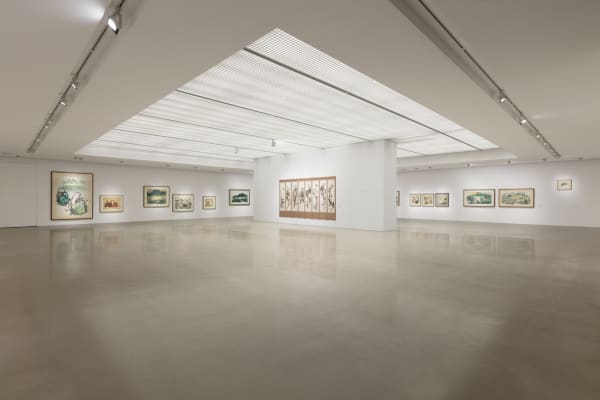
Financial News: Unbo Kim Ki Chang
Yoo Seonjoon, Financial News, 21 February 2025 -
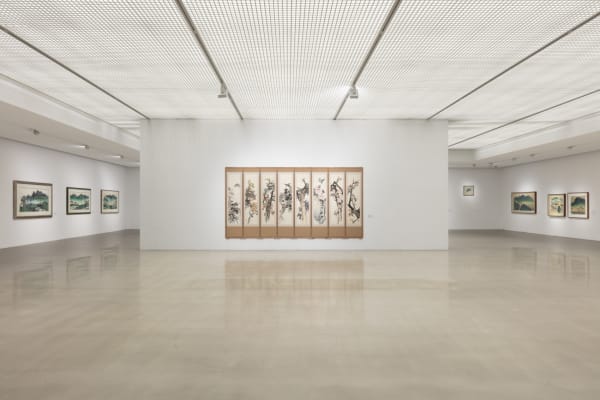
Martin Cid Magazine: Unbo Kim Ki Chang
Lisbeth Thalberg, Martin Cid Magazine, 18 February 2025 -
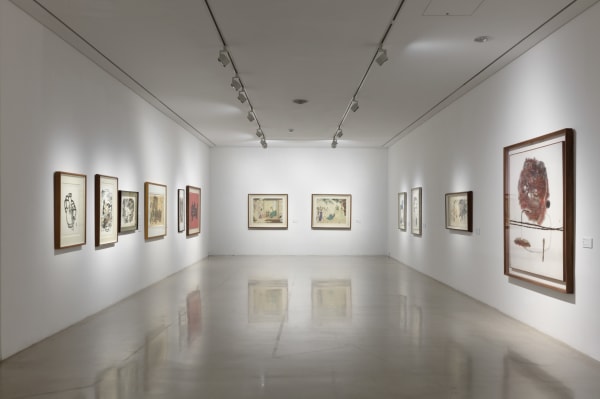
Daejeon Ilbo: Unbo Kim Ki Chang
Park Haneul, Daejeon Ilbo, 18 February 2025 -
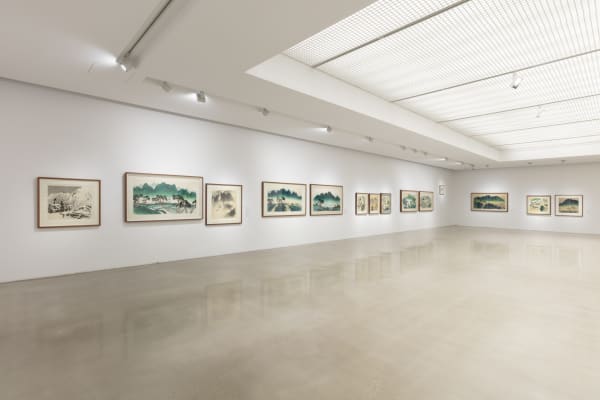
Asia Economy: Unbo Kim Ki Chang
Park Jonghyuk, Asia Economy, 18 February 2025 -
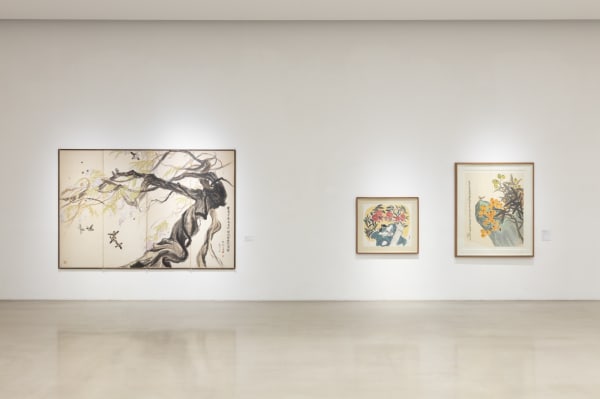
Dongyang News: Unbo Kim Ki Chang
Choi Jaegi, Dongyang News, 18 February 2025 -
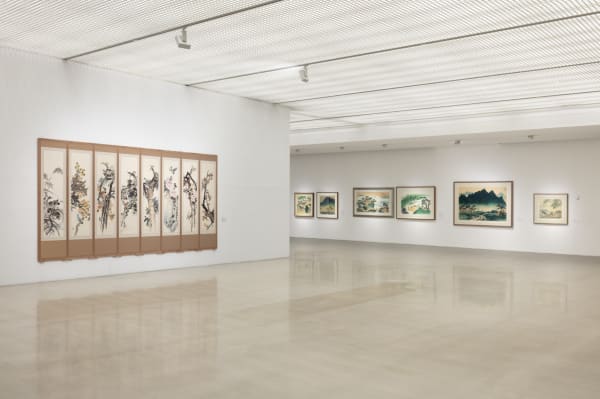
CCNNEWS: Unbo Kim Ki Chang
Park Donghyuk, CCNNEWS, 18 February 2025 -
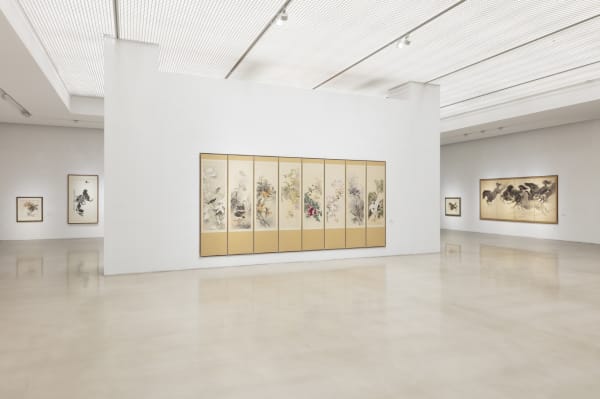
Seoul News: Unbo Kim Ki Chang
Lee Jongik, Seoul News, 18 February 2025 -
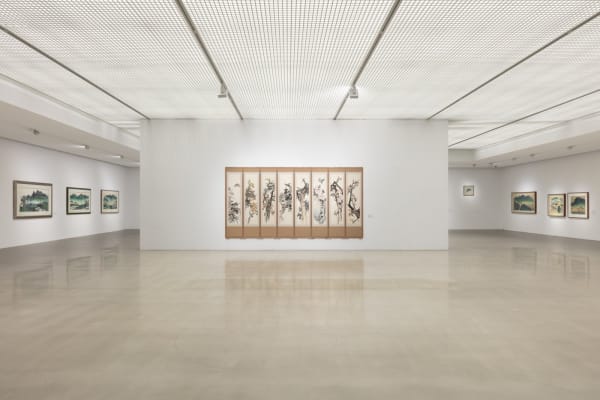
News 1: Unbo Kim Ki Chang
Lee Siwoo, News 1, 18 February 2025 -

Joongdo Ilbo: Unbo Kim Ki Chang
Ha Jaewon, Joongdo Ilbo, 18 February 2025 -
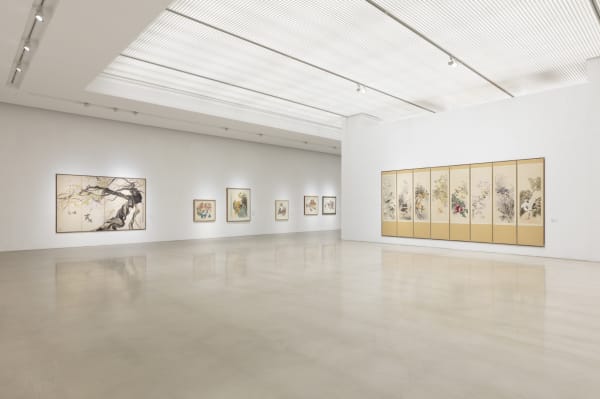
Chungcheong Today: Unbo Kim Ki Chang
Lee Jaebeom, Chungcheong Today, 18 February 2025 -
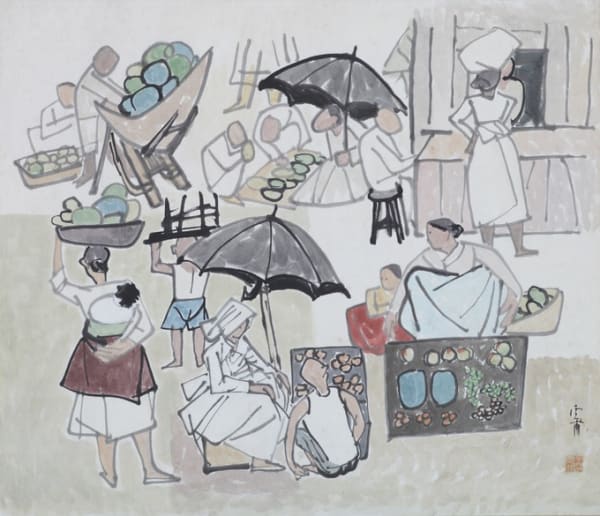
Segye Ilbo: Unbo Kim Ki Chang
Kim Jungmo, Segye Ilbo, 18 February 2025 -
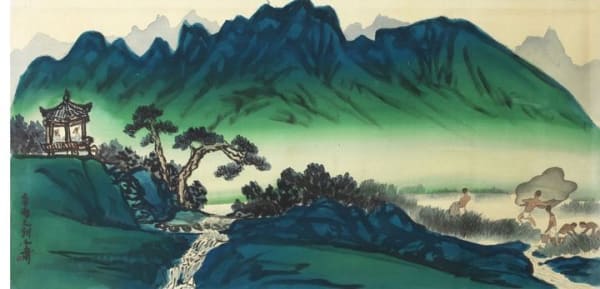
Newsis: Unbo Kim Ki Chang
Park Hyunjoo, Newsis, 18 February 2025 -
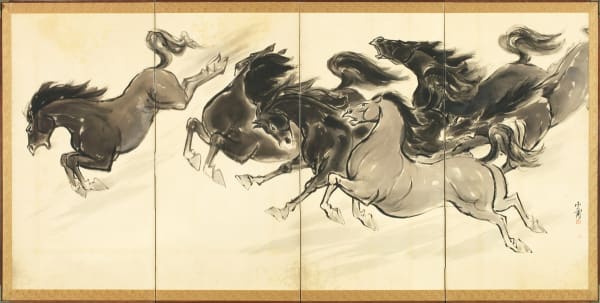
Yeonhap News: Unbo Kim Ki Chang
Yoo Euijoo, Yeonhap News, 18 February 2025 -
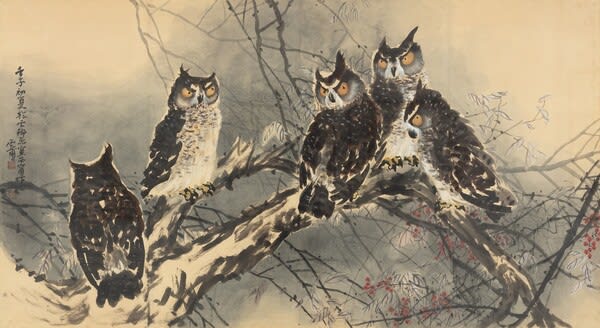
Local Today: Unbo Kim Ki Chang
Yoon Wonjoong, Local Today, 17 February 2025
